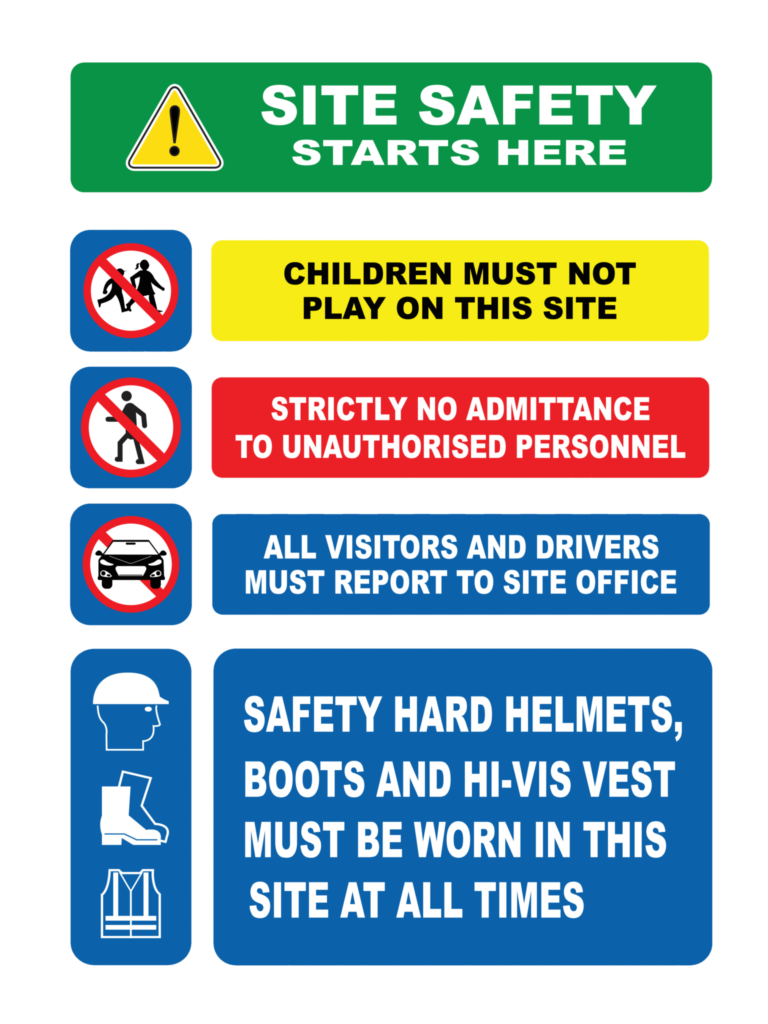Understanding Hazards – Getting in and getting out


Getting in and out of buildings and work sites is so commonplace we don’t give it a second thought, but we should – many people get injured doing exactly that!
Before going into an area, we all need to be aware of what hazards we may face both at the opening itself and on the other side.
As a duty holder, think about the areas you’re responsible for and ask yourself these questions:
- are all entrances and exits for workers, visitors and vehicles clearly identified?
- are they well lit, maintained and staffed, if necessary?
- are they suitable for their users?
- are they safe under foot?
- have they thought about emergency situations, when entrance and exit routes might change?
You can help to keep entrances and exits in good condition by including them in routine inspections.
The best way to ensure the safety of pedestrians in places where there are moving vehicles is to seperate them, physical barriers are better than movable barriers.
Other considerations for entrances and exits are:
- Access routes may also include ladders, access points to machinery and confined spaces.
- Access routes may change in emergency situations.
- Pedestrians may not hear vehicles’ horns in noisy environments or might be deaf
- Doors and gates must be suitable for their users, including people with disabilities.
Safety Signs
Safety signs play an important part in communicating safety and health information to everyone. Signs need to be provided whenever there’s a hazard that has’t been fully controlled in other ways.
Duty holders must make sure their team understans the meaning of the signs.
